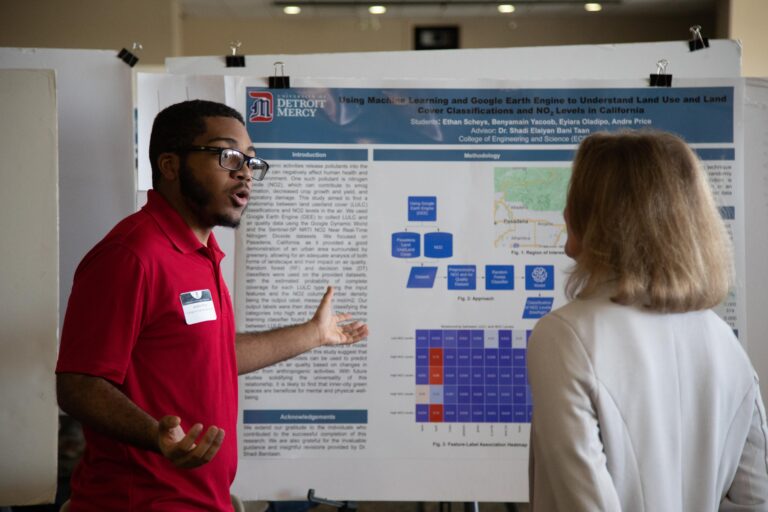
Embarking on an undergraduate research project is an exciting opportunity to explore your interests, contribute to your field, and develop valuable skills. Whether you’re new to research or looking to refine your approach, understanding the basic steps can help you navigate the process with confidence. Here’s a guide to get you started on your research journey:
Remember, working with a faculty mentor can provide valuable guidance and support throughout your research journey.
Are you ready to start your project, or do you need help with a specific step?
Preparing a research poster is a multi-step process that involves planning, content development, design, and presentation. Here is a concise summary and a flow chart to guide you through the process:
1. Plan and Gather Requirements
2. Develop Content
3. Design the Poster
4. Review and Revise
5. Print and Prepare to Present
Ann Serra, Dir. OSPRA
serraam@udmercy.edu
(313) 993-1469
CAYUSE SUPPORT
Michele Favoretto
favoremi@udmercy.edu
(313) 993-1428
Required Forms/Templates

Working with OSPRA from project concept through award has significantly increased my awareness and understanding of the processes and UDM policies.
OSPRA offers a series of workshops throughout the academic year. Browse the workshop schedule and register today.
OSPRA Workshops offer the perfect opportunity to lean more about the sponsored research activities at UDM and gain an understanding of the process and policies. Register today.